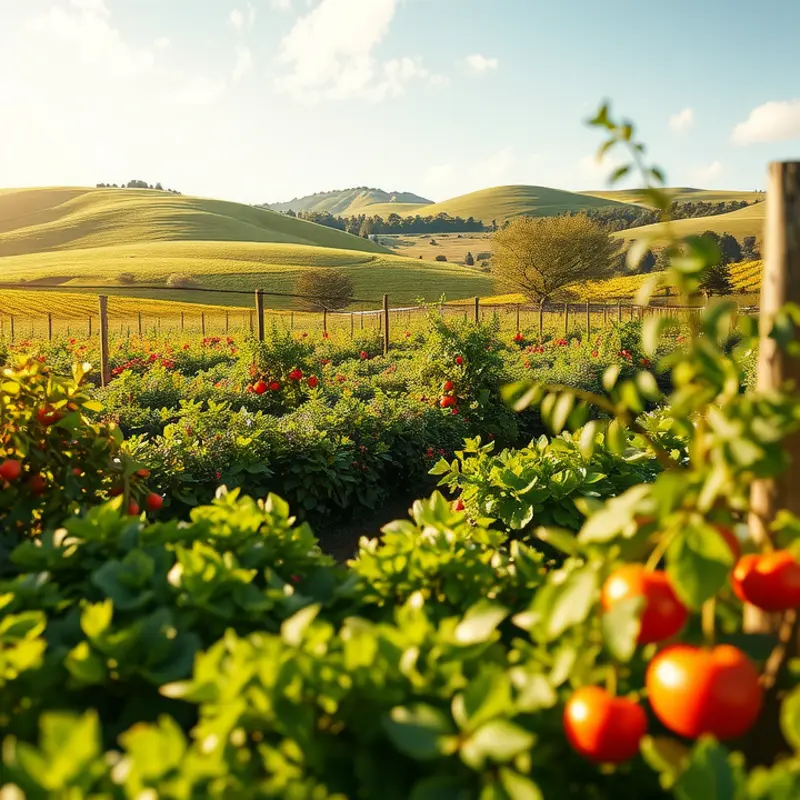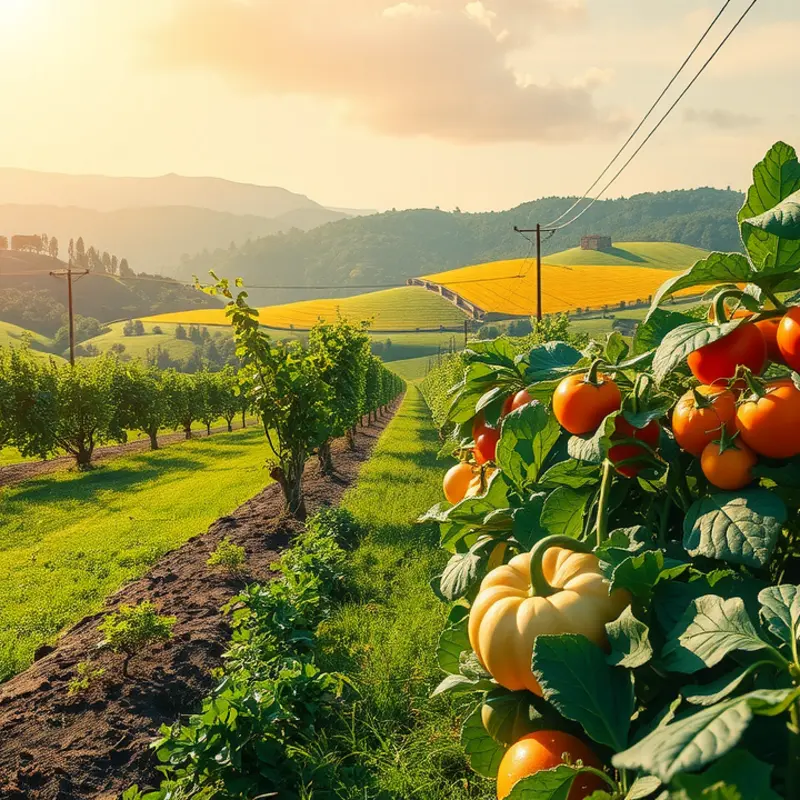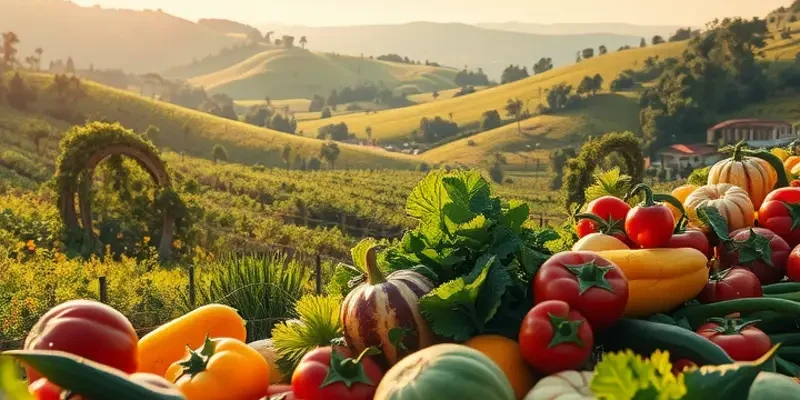Managing food resources effectively is crucial for both sustainability and budgeting. By refining your grocery management, you can enjoy fresher ingredients, minimize waste, and maintain a healthier home environment. Let’s explore practical tips for safe food storage, meal planning, and mindful consumption that will contribute to a waste-free lifestyle.
Effective Food Storage Techniques

Maximizing the lifespan of your groceries involves more than just placing them in the fridge. Starting with the right containers can make a substantial difference in preserving both the flavor and the nutrition of your food. Choose opaque, airtight containers, which protect contents from light and air exposure—both of which can accelerate spoilage.
For fresh produce, understanding which items need humidity is crucial. Most vegetables thrive in a high-humidity environment, which means they should be stored in the crisper drawer of the refrigerator. On the contrary, several fruits such as apples and pears prefer low humidity, where they will not over-ripen quickly.
Storing staples like grains and pasta can be simple yet effective. Use glass jars or metal canisters to keep them dry and protected from pests. Oxygen absorbers, although optional, can further extend shelf life by removing excess air. Don’t forget to label your containers with purchase dates to prioritize usage.
When it comes to dairy, maintaining a consistent, cold temperature is key. Avoid placing milk and yogurt in refrigerator doors; instead, store them on the main shelves. Cheese, meanwhile, requires a breathable environment. Wrapping it in parchment paper and then loosely in plastic ensures that it remains fresh while not suffocating from excess moisture.
An often overlooked area is the freezer. Freezing food correctly can save you time and money. Before freezing, cool items to room temperature to prevent ice crystal formation. Use freezer-safe bags and squeeze out as much air as possible to reduce freezer burn. Moreover, grouping similar items together allows easy access and keeps your freezer organized.
For those interested in innovative storage techniques, consider vacuum sealing. This method extends the life of perishables dramatically by removing all air. Although slightly more labor-intensive, the results are impressive, particularly for meats and seafood.
Fermentation is another technique that not only preserves but also enhances flavors. By fermenting vegetables, not only do you extend their life, but you also increase their probiotic content—an added nutritional benefit. To explore more ways to safely store specific food items like sauces, consider learning about safer storage techniques.
Remember, a systematized approach to labeling is fundamental. Use a standard labeling method—whether it’s by date or content type—and ensure all household members stick to it for consistent and effective food management.
These techniques not only promote sustainability but also keep your meals nutritious and flavorful, ultimately enriching your culinary experiences while minimizing waste.
Smart Grocery Shopping and Meal Planning

Smart grocery shopping begins with knowing what you have and what you need. Start by making an inventory of your pantry, fridge, and freezer. This will help in understanding what essentials are stocked and what runs out quickly. Maintain a running list of items you lack—this serves as a fundamental tool for preventing impulse purchases and overbuying.
Crafting an effective shopping list is an art. Categories such as produce, dairy, bulk items, and proteins streamline shopping trips. List items in the order they appear in the store layout to avoid doubling back, saving time and reducing impulse buys. With fresh produce, select seasonal fruits and vegetables. They’re often more affordable and have better taste when in season.
Choosing the right quantities is pivotal. Evaluate your household consumption to avoid spoilage. If cooking for one or two, buying pre-portioned items might be more sustainable. For meals like salads, buy loose vegetables rather than pre-packaged ones, allowing you to dictate the quantity precisely.
Meal planning is another essential aspect of minimizing waste. Align meals with your schedule and energy levels. Plan simpler meals for busy nights to avoid takeout temptations. Utilize bulk cooking to prepare multiple servings in advance. This reduces both kitchen time and waste, making workweek dinners hassle-free.
Prioritize recipes that serve dual purposes or offer flexibility with ingredients. For instance, a roasted chicken can morph into salad toppings, sandwiches, or stir fry. This approach encourages creativity while ensuring every element is used effectively.
Furthermore, practice ‘first-in, first-out’ (FIFO) in your pantry and fridge. Place newer items behind older ones, prompting you to use older items before they spoil. Use transparent storage containers or label foods with their expiration dates for easy tracking.
Lastly, leverage meal planning tools to maximize dietary diversity and reduce food monotony. Incorporating a balance of grains, proteins, and vegetables creates nutrient-rich meals and impacts overall consumption patterns positively.
For additional insights on low-waste cooking tactics, consider visiting Low Waste Cooking and Prep. Smart grocery management is as much about conscious choices as it is about reducing waste.
Final words
Adopting effective grocery management techniques enhances your ability to store food safely and reduces waste. Understanding how to properly store fresh produce, grains, and leftovers not only benefits your meal planning but also contributes to a healthier environment. Equipping yourself with smart shopping strategies ensures that you’re making informed choices that minimize waste. Start integrating these practices into your routine, and you’ll enjoy fresher meals while playing a crucial role in sustaining our planet for future generations.







